Does America have a national drink? It once did — not officially, quite, but in fact. And what was that national potation? Madeira. The wine, John Hailman writes in Thomas Jefferson on Wine, “symbolized to Americans a common patriotism and spirit of independence.” It was, he continues, the “mother’s milk of the American Revolution,” the “virtual national beverage after the Revolution.”
Madeira was used to toast the signing of the Declaration of Independence. Jefferson dispensed it at his inauguration. Washington, Hamilton and Benjamin Franklin all loved the stuff. John Adams remarked that a few glasses of Madeira made anyone feel capable of being president. At one point in the early nineteenth century, some 95 percent of Madeira’s production went to the fledgling nation.
The island of Madeira, some 400 miles off the coast of Morocco, is owned by Portugal. The name means “wooded,” so called because the volcanic island was so dense with foliage that sailors were unable to hack away a suitable clearing when they discovered the island in the early fifteenth century. Their solution was to burn the entire island, an expediency that local lore says imparts a certain caramelized savor to the wines even today. The “caramel tang” is real, though experts dispute the etiology.
The island of Madeira was a big deal in the opening chapters of the Age of Exploration because it lay directly on the route to the New World. Most wines are not good sailors on the sorts of ships that transported them in the fifteenth to nineteenth centuries. They didn’t like the rough and tumble of the journey, the fluctuations in temperature, the blistering heat of the hold. One Atlantic crossing would ruin an ordinary wine.
Fortified wines were different, and producers of Madeira took a page from the production of port and added a bit of spirit to halt fermentation and stabilize the wine. Mirabile dictu, the rigors of the ocean journey then actually improved Madeira, something producers discovered when some casks made a round-trip voyage. Eventually, producers mimicked the heat of a ship’s hold by aging the wine in an estufa or hothouse. Like Englishmen according to Noël Coward, they seem “quite impervious to heat.” Indeed, Madeira is probably the wine with the longest shelf life. It can survive, unimpaired, decade after decade, century after century.
We think of Madeira as being sweet — and a lot of it is. That butt of Malmsey, another word for Madeira, that Shakespeare tells us in Richard III the Duke of Clarence was drowned in would have been sweet. But there is also dry, or dryish, Madeira that makes for a refreshing aperitif. In the United States today, perhaps the most popular Madeira is Broadbent’s Rainwater medium dry, made from the Tinta Negra grape, and a bargain at about $20. The name “rainwater,” incidentally, refers to the story that some water once seeped into a barrel of wine and its producer discovered the addition improved the taste.
A lot of Madeira is quite modest in price. Often, the label indicates the grape as well as the style, with Malvasia (aka Malmsey) being the sweetest followed by Bual, Verdelho and Sercial, the driest. A lot of Madeira used to be made from the Terrantez (or Cascal) grape, but that is now very rare (the grape is apparently making a small comeback, but the literature says it is “nearly extinct”). I had a taste of the 1988 frasqueira (vintage) from the storied house of D’Oliveiras at the Union Square Cafe on 19th Street and Park Avenue in New York. It was deep, raisiny, complex, delicious — and dear. Three- or five- or even ten-year-old Madeira is pretty modestly priced. The older stuff is expensive.
New York readers interested in sampling some Madeira will want to stop off at Terroir at 24 Harrison Street in TriBeca. They have an impressively long list of Madeiras, many three-ounce glasses at attractive prices along with some specialty pours. A three-ounce glass of the 1969 (bottled 2020) from D’Oliveiras will set you back $95, while a single ounce of the 1928 (bottled 2008) is $70.
I cannot write about Madeira without mentioning Flanders and Swann’s great song “Have Some Madeira M’Dear.” The wine plays a starring role in a light-hearted seduction scene. The clever lyrics are notable for their deployment of the rhetorical device known as syllepsis (or zeugma) in which a single verb is used in several different senses. Having “slyly inveigled” a young lass up to his flat “to view his collection of stamps,” an old duffer “[hastens] to put out the cat, the wine, his cigar and the lamps.” You see where this is going. “She lowered her standards by raising her glass, her courage, her eyes and his hopes.” The song is probably illegal wherever feminists roam free, but I believe you’re still allowed to listen to it in the privacy of your own flat. Play it, and hearken to the refrain: “Have some Madeira, m’dear.”
This article was originally published in The Spectator’s January 2024 World edition.



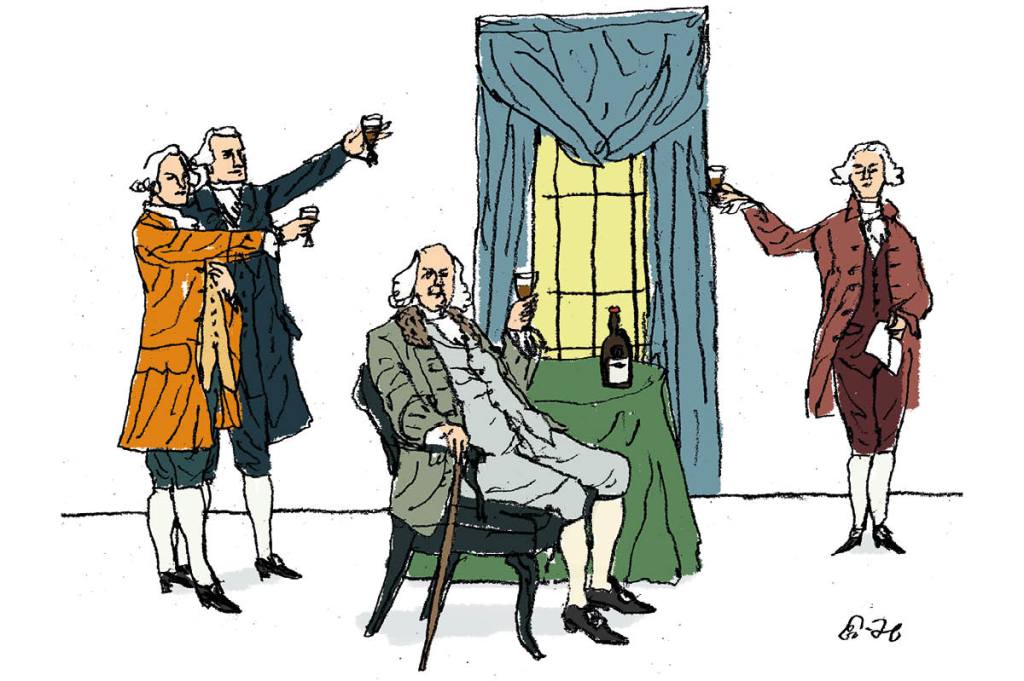






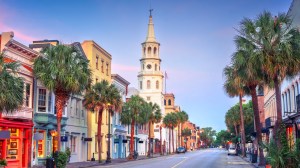
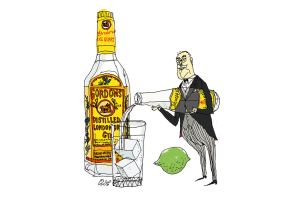
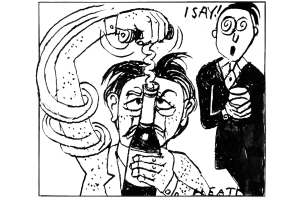
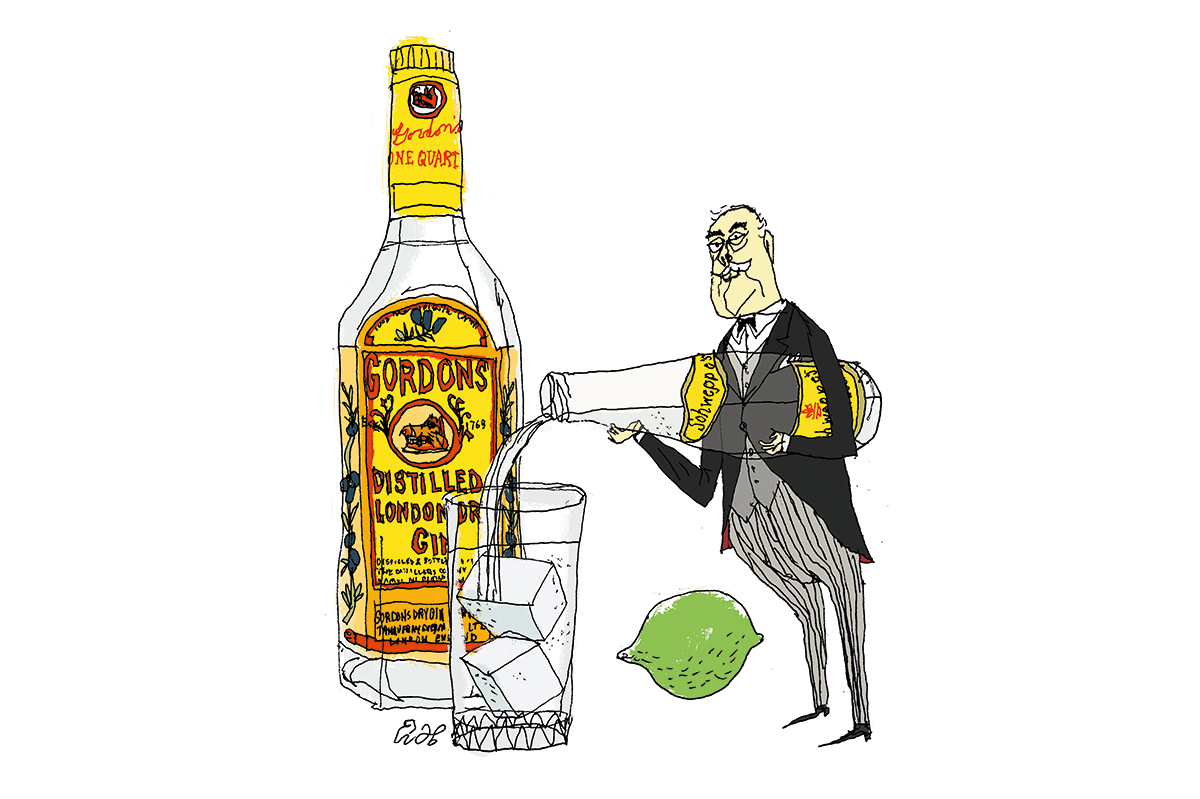
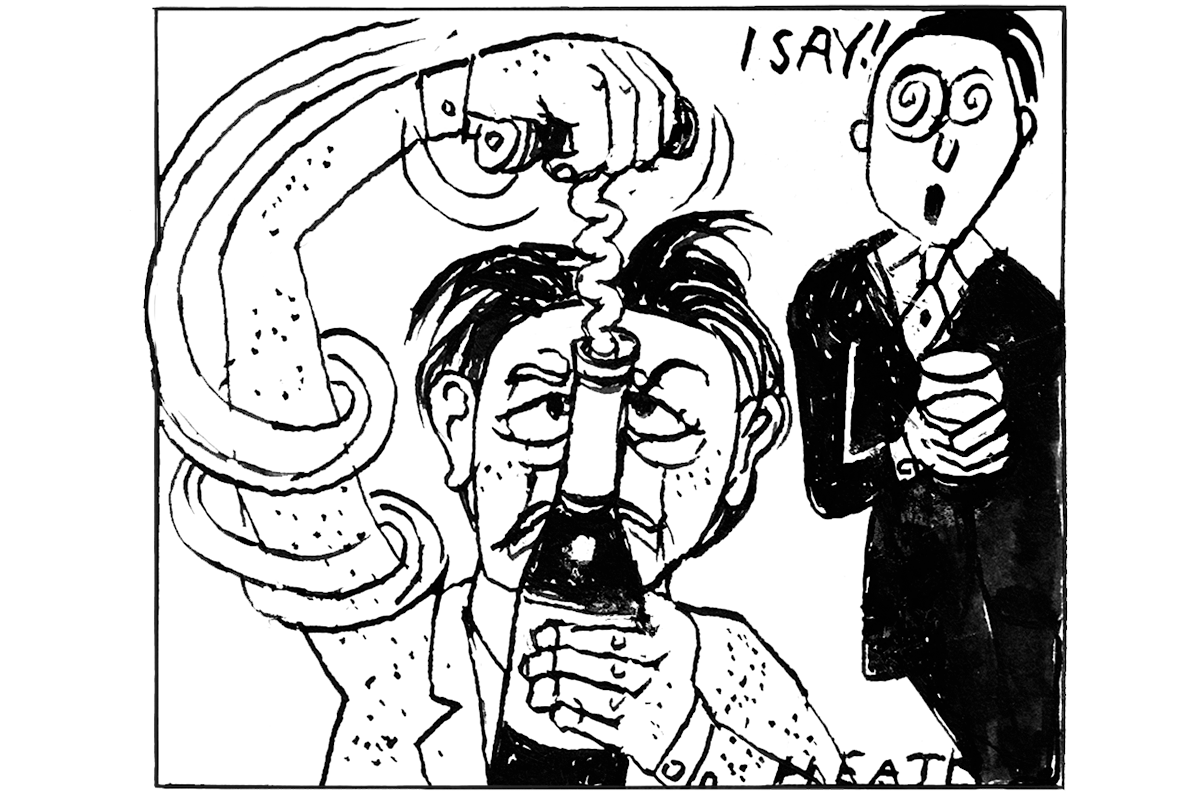
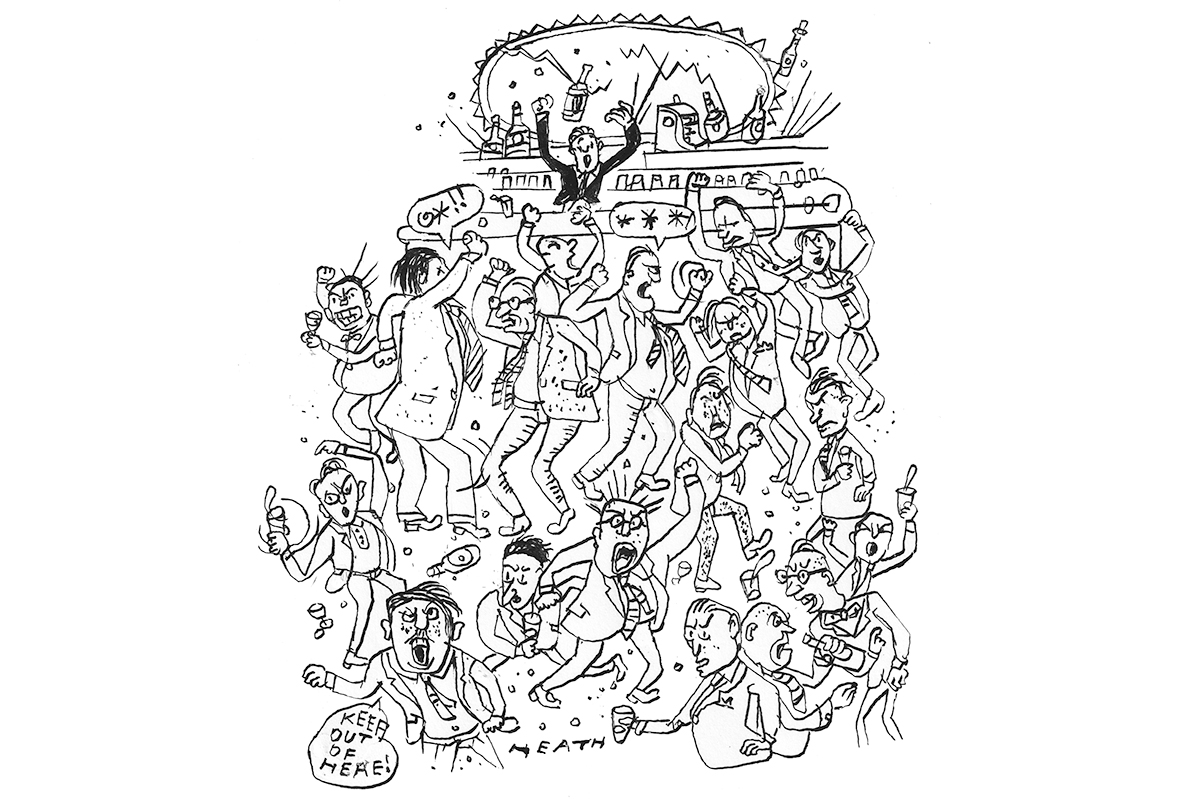
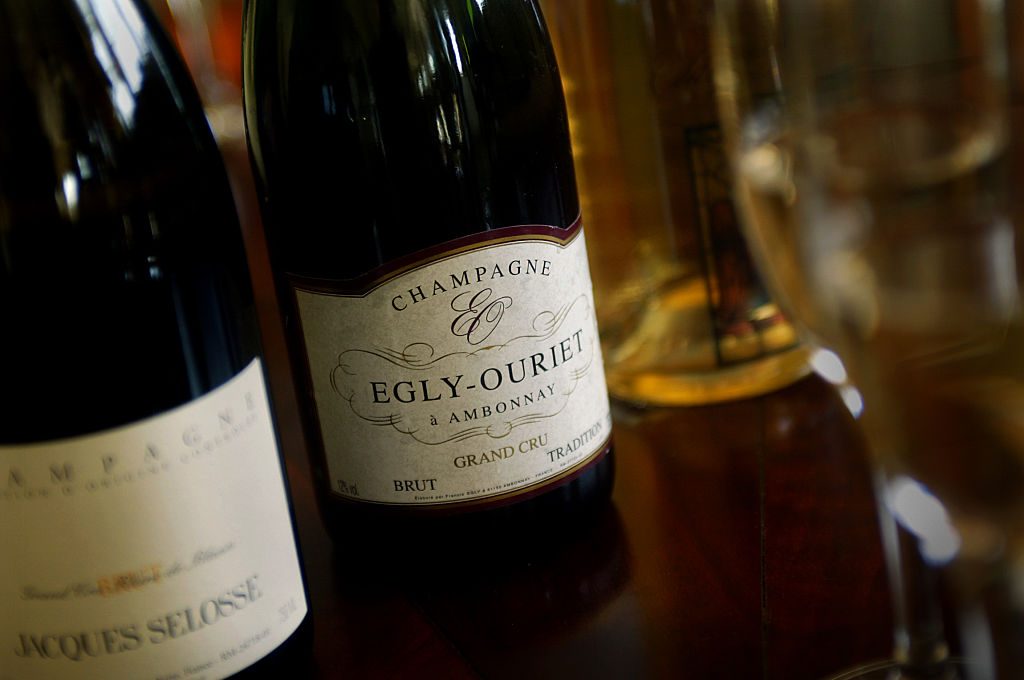
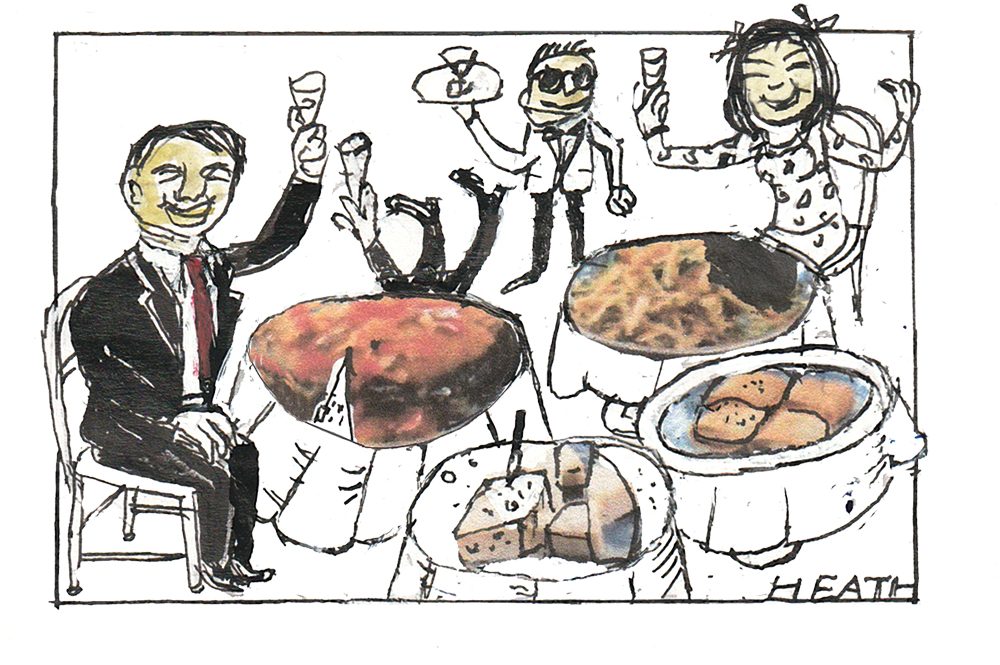
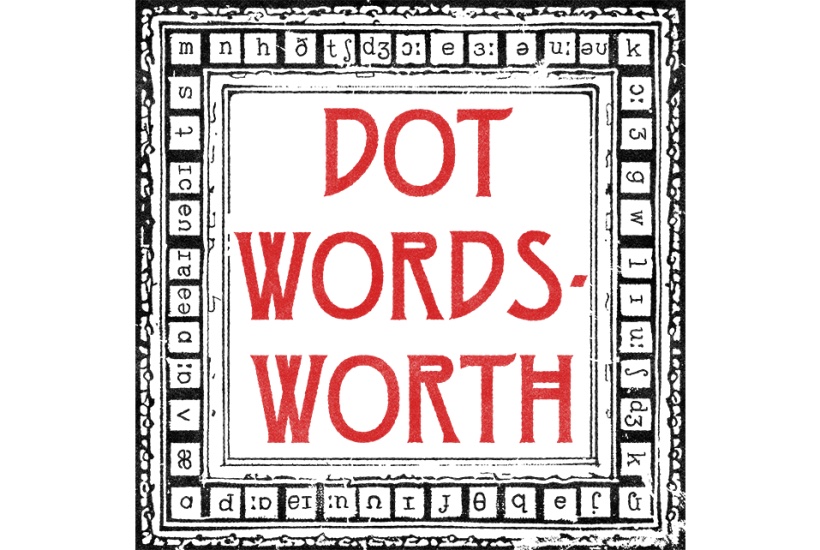







Leave a Reply